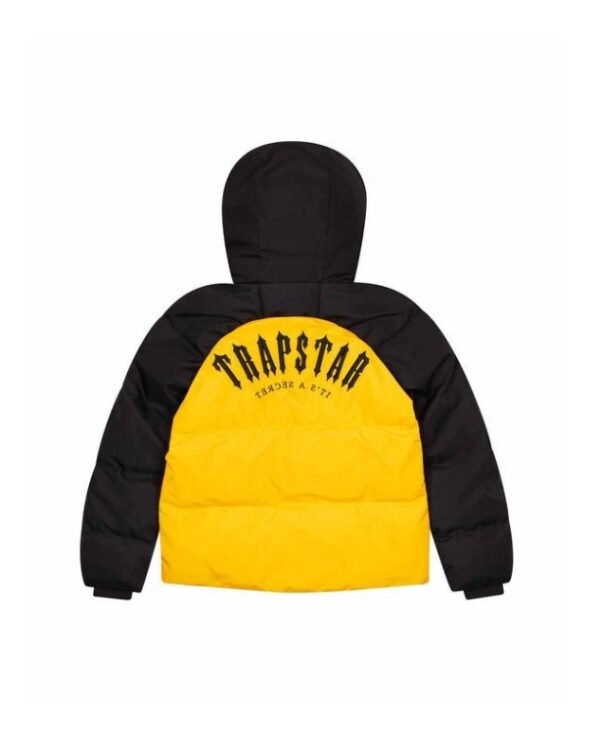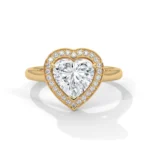The Birth of Trapstar from the Streets
Every legendary brand begins with a story, and Trapstar’s story was written on the concrete blocks of London. What started as a passion project among friends quickly evolved into one of the most respected names in https://trapstarsco.com/ streetwear culture. Trapstar was never created to fit into the mainstream; it was born out of rebellion, coded language, and an unshakable loyalty to the streets that raised it. The founders transformed their personal struggles, experiences of hardship, and the resilience needed to survive into wearable art. What makes Trapstar stand out is not just its aesthetic but the deeper meaning behind every piece, each drop speaking the language of pain, survival, and bold identity.
The Philosophy of Turning Pain Into Power
Trapstar thrives on a philosophy that embraces authenticity. While many fashion brands simply chase trends, Trapstar speaks directly to those who understand what it means to rise from difficulty and turn adversity into strength. The designs are more than graphics printed on fabric; they symbolize the transformation of personal pain into empowerment. Each hoodie, jacket, or tee is layered with meaning, a reminder that the scars of struggle can be worn proudly as badges of survival. For the youth, Trapstar is not only fashion—it is a message that pain does not weaken, it fuels growth.
Struggle as the Core of Style
Unlike luxury brands that present flawless beauty, Trapstar celebrates imperfection, rebellion, and defiance. The aesthetic is raw, often bold and aggressive, with influences from hip-hop, grime, and the underground scene. The brand has mastered the art of turning urban struggle into a unique fashion code. Its signature elements—hidden details, coded references, and bold street-ready silhouettes—echo the reality of life in the inner city. Trapstar’s ability to capture the raw essence of struggle while turning it into pure style makes it a brand that resonates globally.
From Local Streets to Global Fame
Trapstar’s rise is a testimony to the power of authenticity. Starting in London, the brand’s word-of-mouth growth was fueled by underground communities who connected with its message. Celebrities and music icons began to wear Trapstar, not because it was the “cool” thing to do but because the brand reflected the same energy they embodied in their music and art. From grime legends in London to global superstars like Rihanna and Jay-Z, Trapstar’s reach expanded across continents, proving that the spirit of the streets transcends borders. Today, Trapstar stands as a global name, yet it still holds on to its raw roots.
The Role of Music and Culture in Trapstar’s Identity
Music has always been central to Trapstar’s journey. Grime, hip-hop, and rap are not just soundtracks but cultural lifelines that shaped the brand’s philosophy. Artists who came from struggle found in Trapstar a brand that mirrored their lives, values, and aspirations. The collaboration between music and fashion was seamless, turning Trapstar into a staple on stage, in music videos, and in everyday streetwear. The brand didn’t just sell clothing; it sold an identity that resonated deeply with artists and fans alike.
Fashion as a Code of Survival
One of Trapstar’s most powerful elements is its coded design approach. Many drops include hidden messages, inside references, and symbols that only the initiated understand. This mirrors the coded ways in which communities survive in environments shaped by hardship and resilience. The brand embodies a sense of belonging, loyalty, and identity. For many, wearing Trapstar is not just about style—it is about carrying a piece of their own story, a testament to survival and resistance in a world that often tries to silence them.
The Bold Aesthetic That Redefines Streetwear
Trapstar does not shy away from bold graphics, striking colors, and powerful statements. Its designs often carry a militaristic edge, blending elements of defiance and authority with street authenticity. Whether it is a camo jacket, a heavy graphic tee, or a hoodie stitched with powerful symbolism, each item reflects the idea of fashion as armor. In this way, Trapstar redefines streetwear—not as a mere fashion choice but as a bold declaration of identity, power, and resistance.
Trapstar’s Global Legacy in the Making
Although Trapstar is deeply rooted in London’s streets, its influence is now global. From New York to Tokyo, from Paris to Lagos, Trapstar’s message resonates with people who understand what it means to turn adversity into ambition. Its collections have entered luxury fashion conversations, yet its soul Shop – Trapstar remains connected to the streets. This dual identity—luxury appeal with street authenticity—is what gives Trapstar its lasting power. As the brand grows, it continues to inspire a new generation of creators, dreamers, and fighters who see fashion as a form of survival and a way to transform their narratives.
Why Trapstar is More Than Just Fashion
Trapstar is not simply a clothing line—it is a symbol. It represents resilience, loyalty, and defiance against the odds. It reminds its wearers that they are part of a larger story, one written in the language of survival and ambition. While mainstream brands often dilute their message to appeal to the masses, Trapstar stays true to its essence. Its strength lies in its refusal to compromise, in its ability to turn personal pain into power and struggle into pure style. This authenticity is what cements its place as a timeless brand, not just a passing trend.
Conclusion: Pain as the Foundation of Power
Trapstar’s journey proves that fashion is not only about fabric, cuts, and designs—it is about storytelling. From the blocks of London to stages across the world, Trapstar has carried the same message: pain is not a weakness, it is power. Struggle is not something to hide; it is something to transform into art, style, and identity. By staying loyal to its roots, Trapstar continues to inspire millions, turning scars into strength and struggle into timeless fashion. For anyone wearing the brand, it is more than clothing—it is armor, identity, and a declaration of resilience.


